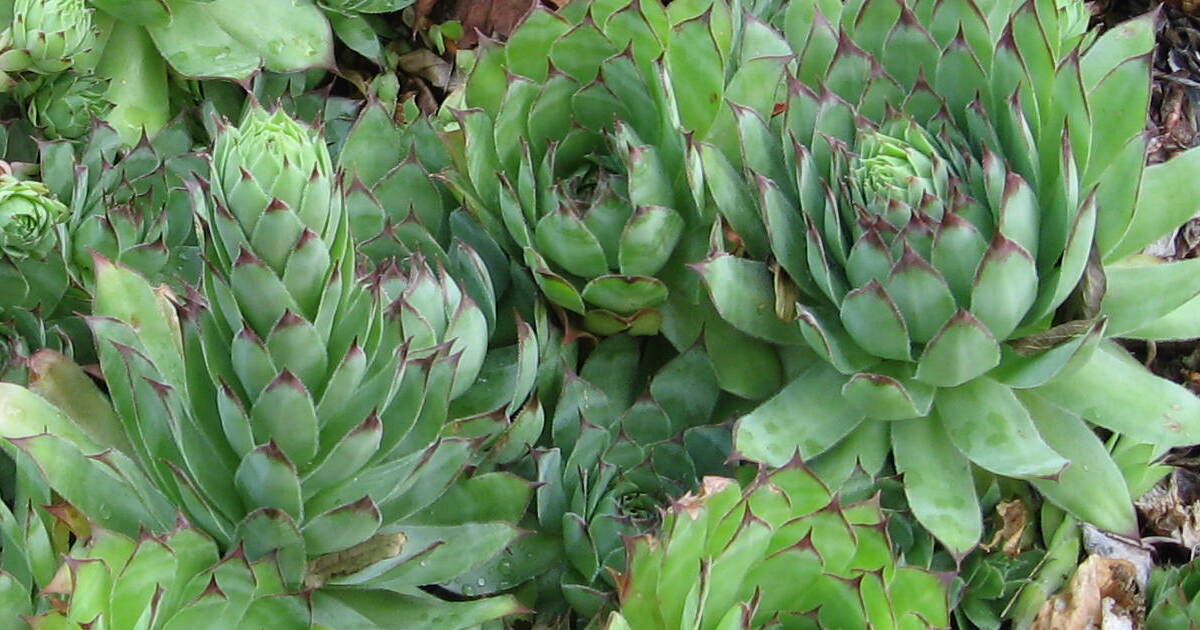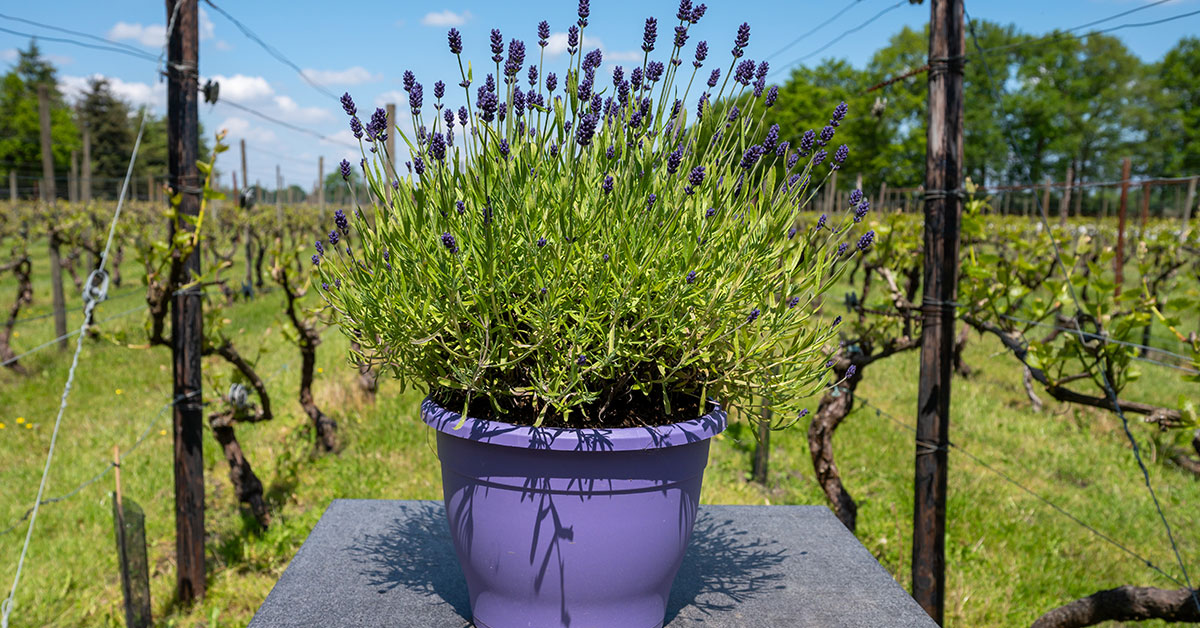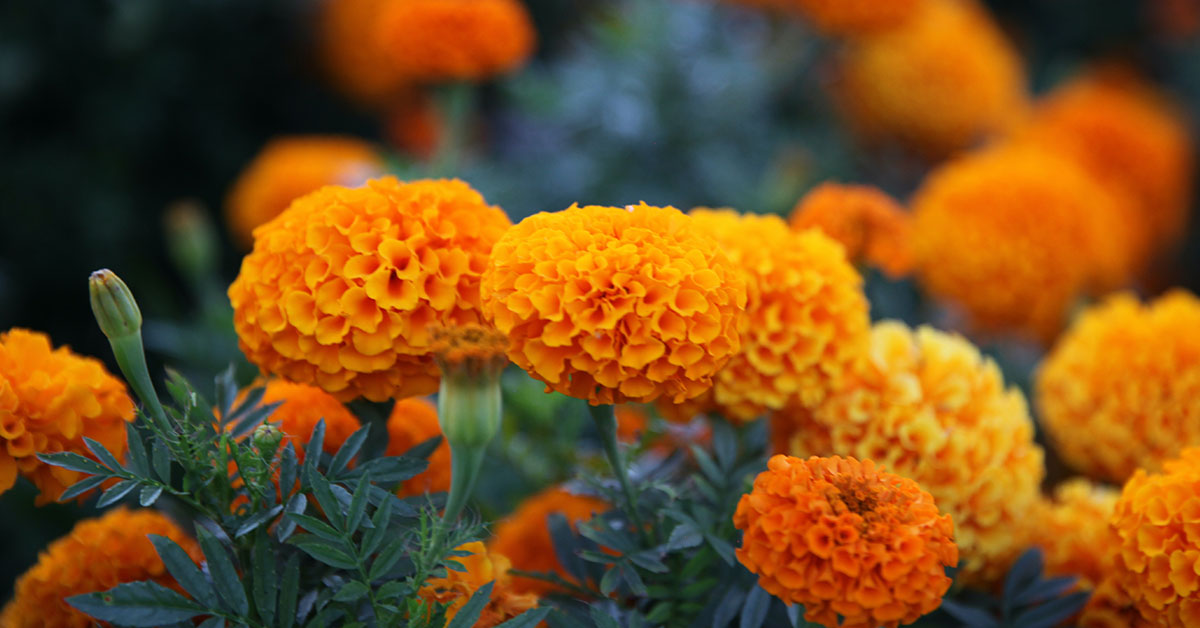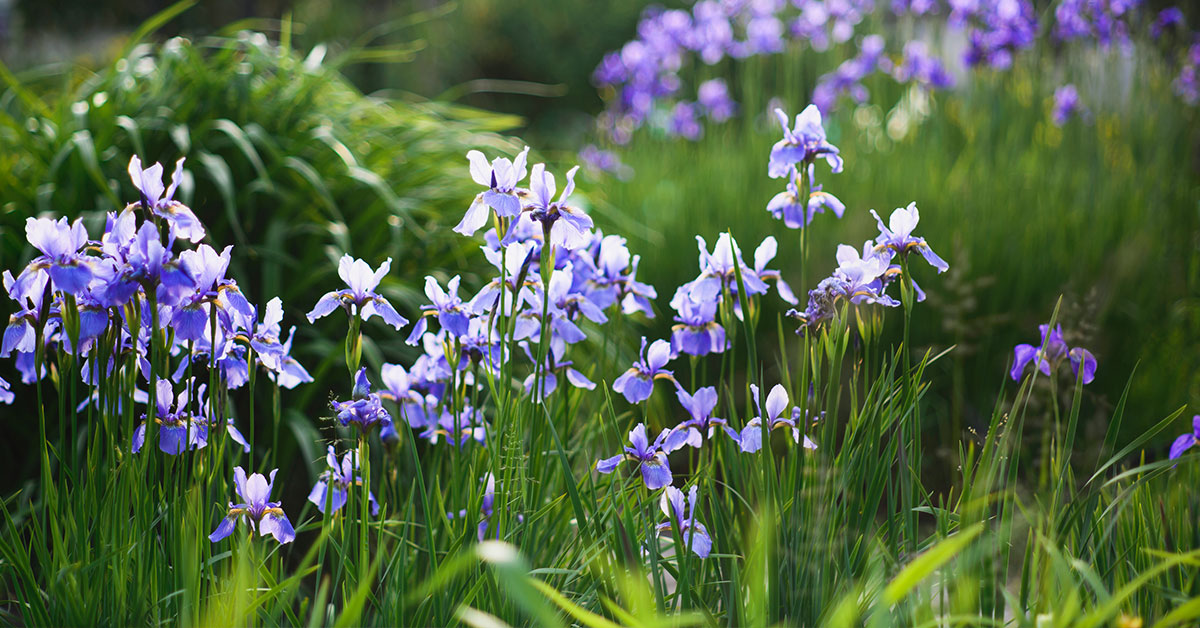Dealing with pesky flies can be such a bummer, especially when they disrupt your peaceful garden oasis or indoor space. As a dedicated gardener who’s weathered the frustration of invasive pests and the disappointment of plants that just won’t cooperate, I’ve learned that nature offers some ingenious solutions! Over the years, I’ve discovered a variety of plants that either naturally repel flies or even attract and trap them—making your garden both a sanctuary and a self-regulating ecosystem. These fascinating species not only reduce fly populations but also bring an abundance of color, fragrance, and life to your space.
In this article, I’m excited to share a randomized collection of 21 plants: 14 that help keep flies away and 7 that actually eat them. Each section includes detailed insights into where these plants are native, their unique behaviors, and even whether they’re considered invasive. Whether you’re managing a sprawling backyard or a cozy indoor garden, these selections are perfect for creating a balanced, fly-free environment.
Lavender

Lavender, native to the Mediterranean, is one of my favorite fly-repelling plants thanks to its soothing, aromatic fragrance that flies just can’t stand! In my garden, lavender’s fragrant purple spikes attract bees and butterflies, yet repel flies with its strong essential oils. Its dense, non-invasive growth habit makes it ideal for borders and raised beds, and it’s even known to provide subtle shelter for small beneficial insects.
This hardy herb thrives in full sun and well-drained soil with minimal water—perfect for keeping maintenance low while repelling pests. Every time I see lavender swaying in the breeze, it’s a reminder that nature’s own perfume can work wonders in creating a fly-free sanctuary in your garden!
Basil
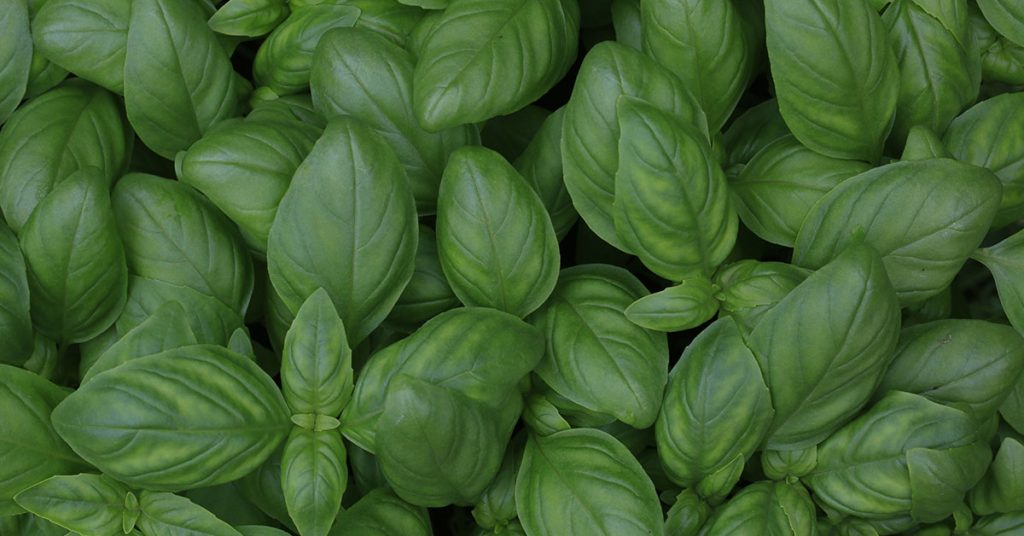
Basil, originally from tropical regions of central Africa and Southeast Asia, not only adds a burst of flavor to your cooking but also keeps flies at bay with its pungent aroma! In my raised bed garden, basil’s aromatic leaves create a natural barrier that repels flies, while attracting beneficial pollinators such as bees that help enhance the health of surrounding plants. Its lush, green foliage is non-invasive and easy to maintain, making it a win-win for culinary and pest control purposes.
Thriving in warm, sunny conditions and well-drained soil, basil is remarkably low-maintenance and returns every year with minimal fuss. Every time I harvest a fresh sprig of basil, I’m reminded that simple, flavorful herbs can play a crucial role in protecting your garden from unwanted visitors!
Mint

Mint is a vigorous herb native to Europe and Asia, celebrated for its cooling, refreshing aroma that repels flies while attracting tiny, beneficial insects. In my container garden, mint’s sprawling leaves create a natural shield against fly infestations, while its rapid propagation ensures a steady supply that can even be shared with friends. Its strong scent disrupts the sensory world of flies, making it an excellent natural deterrent without resorting to chemicals.
Although mint is known for its invasive tendencies in open gardens, when grown in containers, it remains perfectly non-invasive and manageable. With regular watering and occasional pruning, mint provides a continuous harvest that not only adds zest to culinary creations but also keeps your space delightfully fly-free. It’s a refreshing reminder that sometimes, the simplest plants are the most effective!
Rosemary
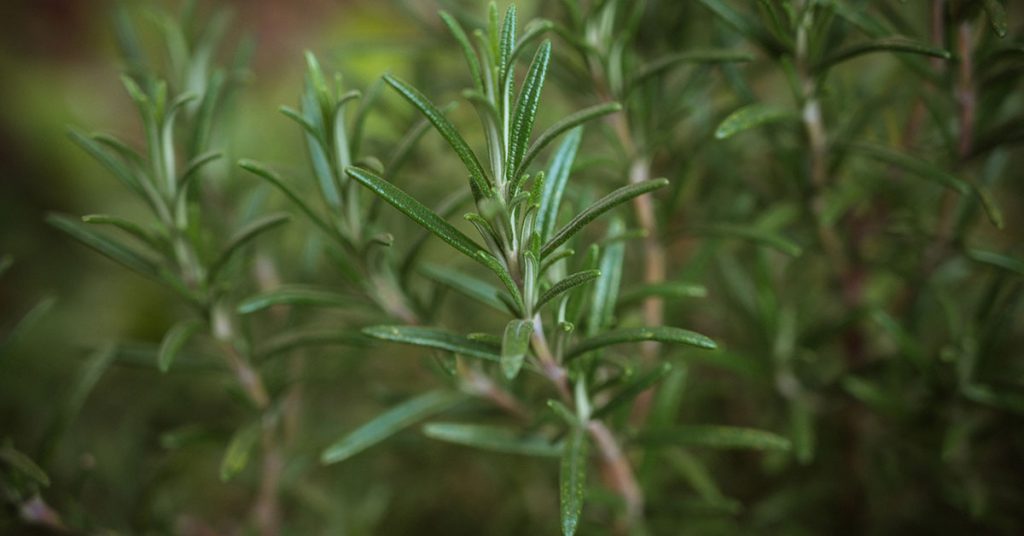
Rosemary, native to the Mediterranean, is a robust, evergreen herb with needle-like leaves that emit a pine-like aroma known to ward off flies. In my garden, rosemary’s aromatic profile not only enriches dishes but also attracts beneficial pollinators like bees and small butterflies, creating a lively yet balanced ecosystem. Its woody stems and compact growth make it a reliable, non-invasive option for repelling pests in raised beds and container gardens alike.
This low-maintenance herb thrives in bright, indirect light and well-drained soil, requiring only occasional watering and pruning to stay in top form. Every time I catch a whiff of rosemary, it fills me with a sense of Mediterranean warmth and a reminder that nature’s defenses can be both beautiful and practical—keeping flies at a distance while enhancing indoor air quality!
Marigold
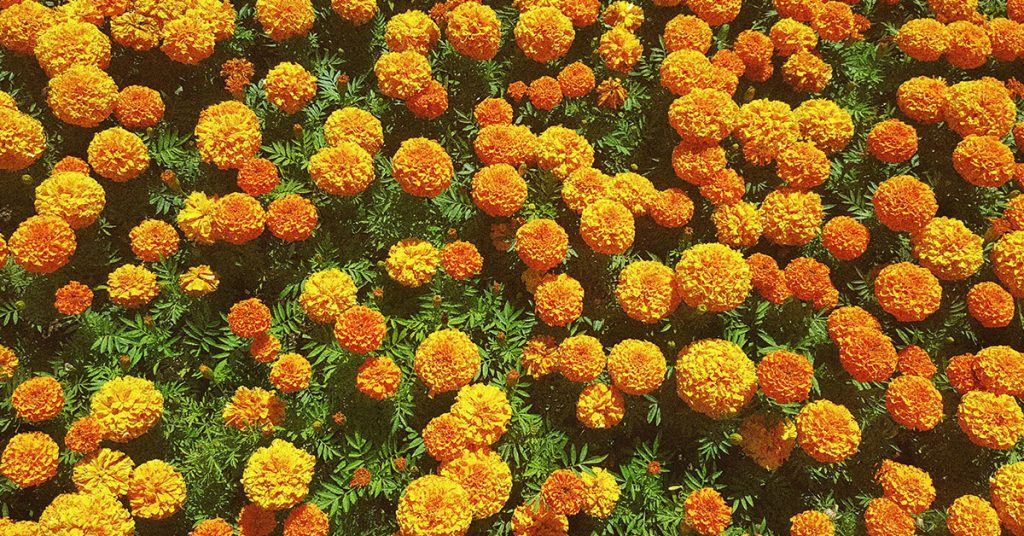
Marigolds, native to the Americas, are vibrant annuals known for their brilliant orange and yellow blooms that naturally repel flies with their strong scent. In my garden, marigolds create a cheerful barrier around vegetable patches, deterring flies and other pests while attracting beneficial insects like ladybugs and hoverflies. Their non-invasive growth and ease of cultivation make them an ideal companion plant for any fly-sensitive garden.
Thriving in full sun and well-drained soil, marigolds are low-maintenance and continue to bloom profusely, providing a constant splash of color and natural pest control. Every time I see a bed of marigolds, it’s a delightful reminder that nature’s own defenses can keep your garden healthy and vibrant without the need for harsh chemicals!
Citronella

Citronella, native to tropical Asia, is widely known for its natural insect-repelling properties, especially against flies and mosquitoes. In my outdoor garden, citronella’s bright green leaves and subtle, citrus-like aroma create a refreshing atmosphere that repels unwanted pests while attracting bees and butterflies that help pollinate nearby plants. Its robust nature makes it a popular choice for both container gardens and outdoor landscapes where natural pest control is a must.
Non-invasive and relatively low-maintenance, citronella thrives in sunny, well-drained areas and only requires occasional watering to keep it flourishing. Every time I see citronella swaying in the breeze, I’m reminded of its powerful ability to create a natural barrier against pests—a true gift from nature that enhances both beauty and functionality in the garden!
Geranium
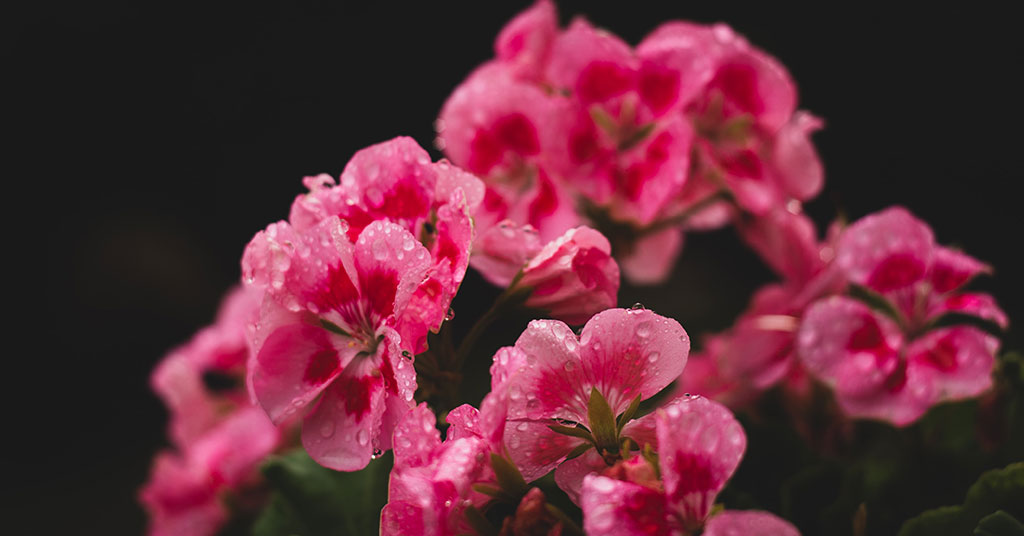
Geranium, native to South Africa, offers bright, vividly colored blooms and aromatic foliage that not only beautify your space but also repel flies with their distinctive scent. In my cutting garden, geranium’s clusters of red, pink, or white flowers attract beneficial insects like bees and butterflies, adding a lively, natural touch while deterring those pesky flies. Its non-invasive growth makes it ideal for container and raised bed gardening alike, where it provides both ornamental and practical benefits.
Thriving in well-drained soil with plenty of indirect sunlight, geranium is easy to care for and continues to return year after year, brightening up any corner with its vibrant hues. Every time I see a patch of geraniums, I’m filled with the joy of knowing that nature’s beauty can be both decorative and functional, keeping your garden fresh and fly-free!
Eucalyptus
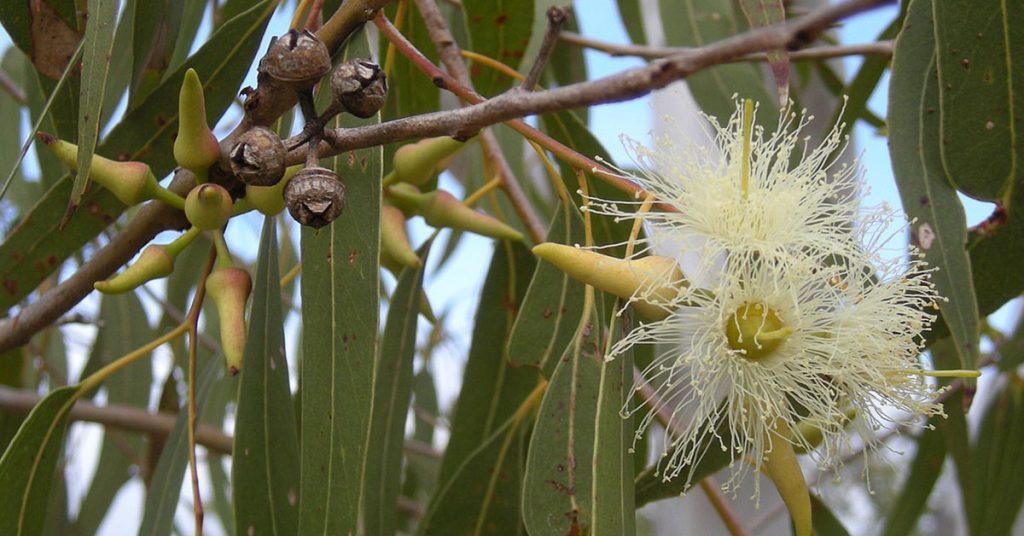
Eucalyptus, native to Australia, is a majestic tree known for its aromatic leaves that are excellent at repelling flies. In my garden, the slender, silver-green leaves of eucalyptus create a natural, invigorating fragrance that not only deters flies but also attracts beneficial insects like bees and small butterflies. Its unique, invigorating scent is often used in essential oils and natural remedies, providing a dual purpose for both pest control and health benefits.
Although eucalyptus trees are large in their native habitat, many dwarf varieties have been developed that are non-invasive and suitable for container gardening. With proper care and plenty of sunlight, these miniature eucalyptus trees thrive and bring a touch of the Australian bush to your home. Every time I catch a whiff of eucalyptus, it’s like a refreshing burst of cool air—a natural, aromatic shield against unwanted pests!
Petunia
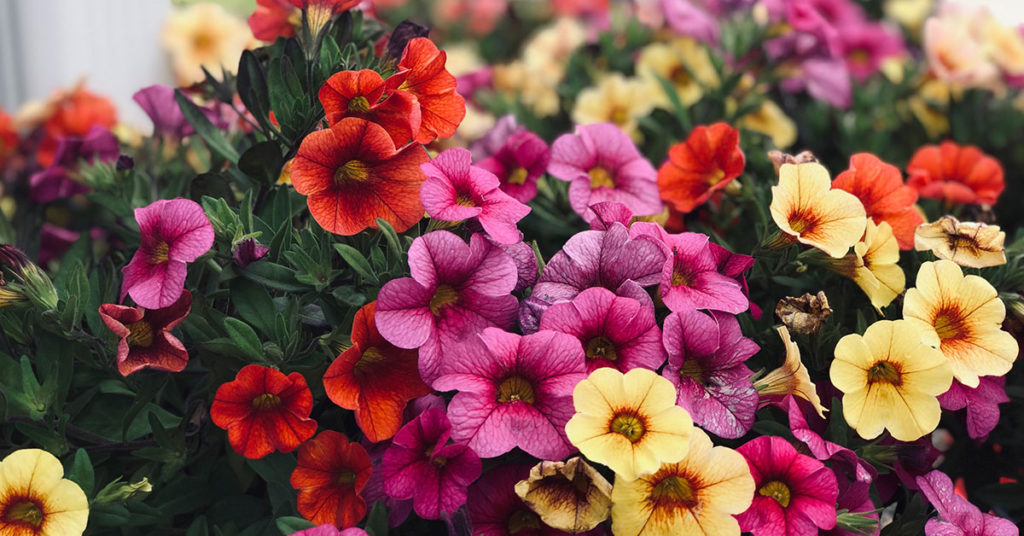
Petunia, native to South America, is a popular annual known for its abundant, colorful blooms that create a stunning visual display while also repelling flies with their subtle, sweet fragrance. In my garden, petunias form a vibrant border that not only enhances the aesthetic appeal of the space but also deters flies and other pests by attracting beneficial insects like bees and butterflies. Their cheerful blossoms add a playful touch to any raised bed or container garden, making them a perennial favorite for natural pest control.
Non-invasive and easy to maintain, petunias thrive in full sun and well-drained soil, ensuring a continuous harvest of blossoms throughout the growing season. Every time I see petunias bursting with color, it reminds me that nature’s best remedies are often the simplest—bright, beautiful flowers that keep pests at bay while enhancing the overall charm of your garden!
Sage
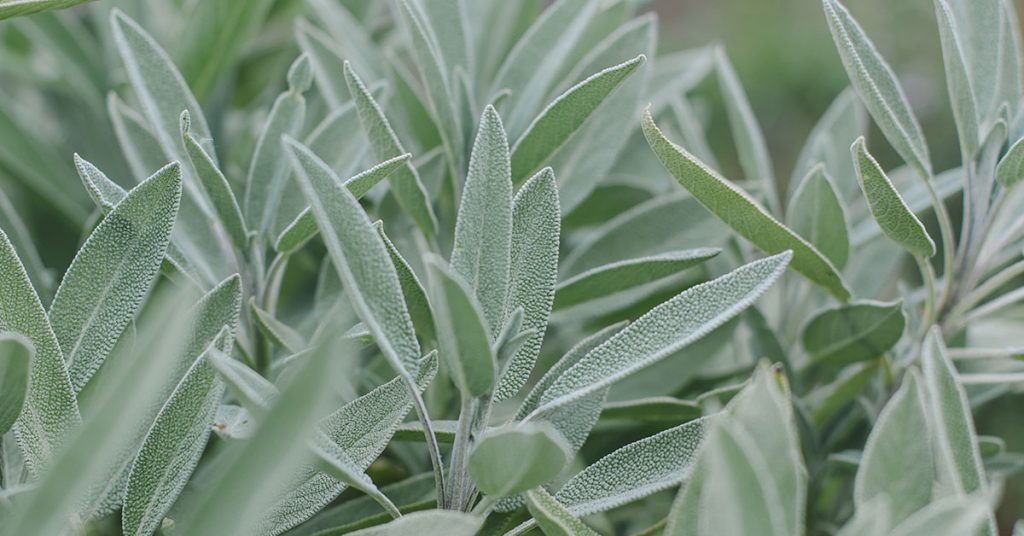
Sage, native to the Mediterranean, is a robust, perennial herb that’s not only valued for its culinary uses but also its ability to repel flies with its strong, earthy aroma. In my indoor and outdoor gardens, sage’s soft, gray-green leaves and subtle, spicy scent attract beneficial insects like bees and solitary wasps, which help pollinate surrounding plants while keeping fly populations under control. Its hardy, non-invasive nature makes it a reliable companion that returns year after year, infusing your space with a touch of rustic flavor and natural pest resistance.
Thriving in well-drained soil with plenty of bright, indirect light, sage requires only occasional watering and pruning to remain in top form. Every time I sprinkle a bit of sage into a dish, I’m reminded that simple, time-honored herbs can deliver both delicious taste and natural pest control. It’s a true testament to the enduring power of perennial plants in creating a healthy, vibrant garden!
Lemongrass
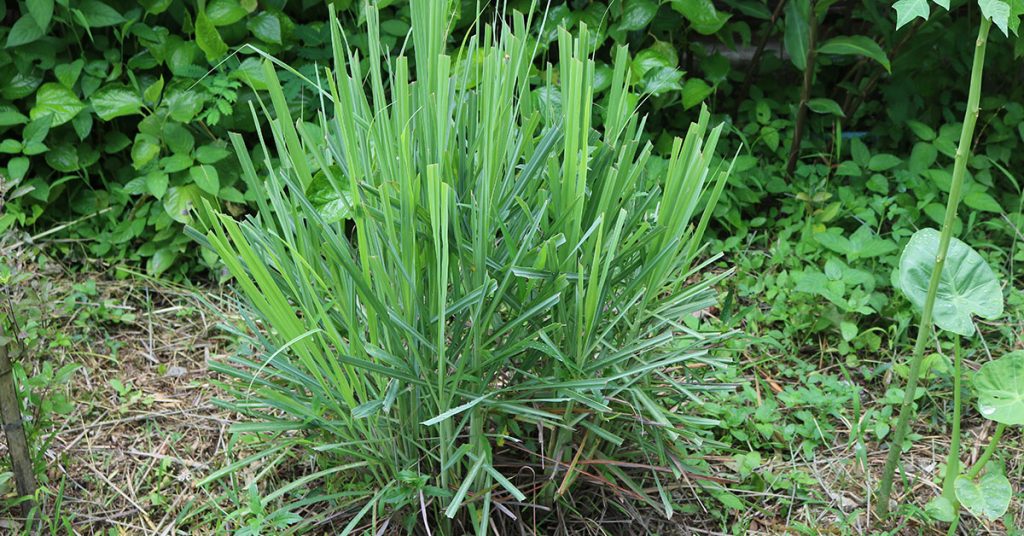
Lemongrass, native to tropical Asia, is a tall, aromatic grass known for its citrusy scent that is highly effective at repelling flies. In my garden, lemongrass’s vibrant, green stalks and subtle, lemony aroma not only deter pests but also attract beneficial insects like bees that help pollinate the area. Its robust, non-invasive growth makes it an excellent choice for raised beds and container gardens, adding both flavor and natural pest control to your outdoor space.
This hardy grass thrives in full sun and well-drained soil, requiring only occasional watering to maintain its impressive stature. Every time I see lemongrass swaying in the breeze, it fills me with a sense of freshness and natural energy—a perfect, organic way to keep unwanted flies at bay while brightening up my garden!
Chrysanthemum

Chrysanthemums, native to Asia and northeastern Europe, are celebrated for their dense, daisy-like blooms and subtle, spicy fragrance that repels flies effectively. In my cutting garden, these perennials add a burst of color and vitality while attracting beneficial insects like bees and butterflies that enhance the overall balance of the ecosystem. Their vibrant petals and long vase life make them an ideal choice for creating stunning floral arrangements that double as natural pest deterrents.
Non-invasive and relatively low-maintenance, chrysanthemums thrive in bright, indirect light and require only occasional watering to maintain their vibrant appearance. Every time I prune a blooming chrysanthemum, I’m reminded that nature offers not only beauty but also practical solutions to everyday garden challenges. It’s a powerful reminder that even in the fight against pests, our garden can remain a sanctuary of color and life!
Rue
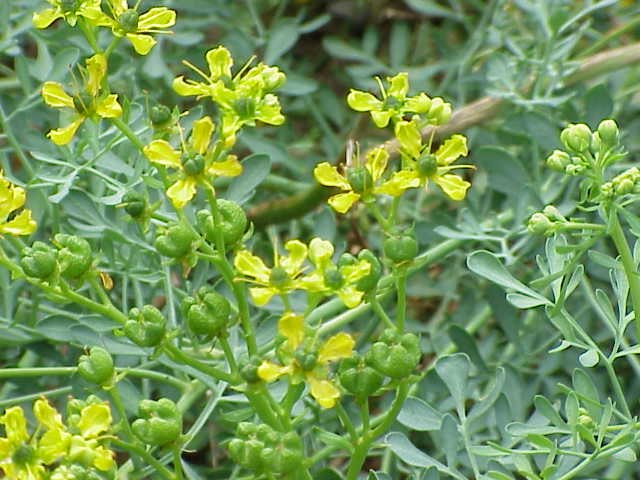
Rue (Ruta graveolens) is a traditional herb native to the Mediterranean that has long been used to repel insects, including flies, thanks to its strong, bitter aroma. In my garden, rue’s silvery-green, pinnate leaves create a striking visual contrast while its potent scent works wonders at deterring pests. Although its fragrance can be intense for some, I’ve found that it effectively reduces fly populations while attracting a few beneficial insects that help maintain a balanced ecosystem.
This non-invasive herb thrives in well-drained soil with plenty of sunlight, making it an excellent choice for raised beds and container gardens. With minimal watering and a bit of regular trimming, rue continues to provide a robust defense against pests year after year. Every time I catch a whiff of rue, I’m reminded that nature often offers powerful tools for protecting our gardens—just by harnessing the strength of its own aromas!
Bay Laurel

Bay Laurel (Laurus nobilis) is a classic herb native to the Mediterranean that has been cherished for its aromatic leaves and culinary versatility. In my garden, bay laurel not only enhances the flavor of soups and stews but also repels flies with its subtle, spicy fragrance, while attracting small bees and butterflies that help pollinate nearby plants. Its stately, evergreen form makes it a beautiful focal point in a raised bed, adding a touch of timeless elegance to any garden setting.
Although bay laurel grows slowly and can eventually develop into a small tree, it remains non-invasive when grown in a container or well-managed garden bed. With minimal care and occasional pruning, bay laurel provides a continuous supply of fragrant leaves that both enrich your cooking and help keep flies at bay. Every time I pluck a bay leaf, I’m reminded of the enduring charm of this classic herb—a living piece of Mediterranean heritage that stands the test of time!
7 Plants That Eat Flies
While many plants work passively to repel flies, a few extraordinary species actively consume them, offering a fascinating, natural solution to pest control. These carnivorous plants are nature’s own fly traps, using sticky surfaces, specialized leaves, or suction mechanisms to capture and digest flies and other small insects. Not only do they reduce fly populations, but they also provide a captivating display that underscores the ingenuity of nature. As a gardener, I find these insectivorous plants both intriguing and practical—turning pest control into an organic, eco-friendly marvel!
In this section, I’m excited to share 7 amazing plants that eat flies, complete with details on their native origins, behaviors, and unique adaptations. From the dramatic snap of a Venus Flytrap to the delicate, glistening droplets of a sundew, these plants prove that nature’s solutions can be as surprising as they are effective. Let’s explore this randomized collection of fly-eating wonders and discover how they can add both beauty and functionality to your garden!
Venus Flytrap
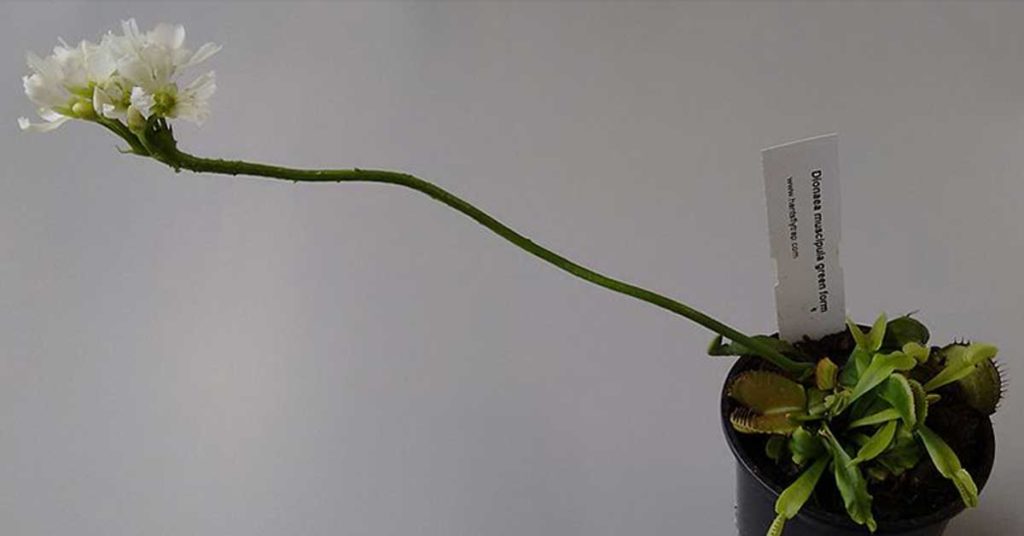
Venus Flytrap (Dionaea muscipula) is an iconic carnivorous plant native to the wetlands of North and South Carolina that is famous for its rapid, snap-trap mechanism designed to catch flies and other small insects. In my garden, I’m always amazed by how these fascinating traps close in a fraction of a second when triggered, capturing prey that provides essential nutrients for the plant’s survival. Their unique, jaw-like leaves not only create a captivating visual but also serve as a powerful reminder of nature’s ingenuity!
Despite its seemingly aggressive behavior, the Venus Flytrap is non-invasive and thrives in nutrient-poor, acidic soil conditions, making it a perfect addition to a specialized, insect-eating garden. With minimal water and bright, indirect light, it returns year after year, offering a continuous display of natural pest control that is both educational and awe-inspiring. Every time I watch one snap shut, I can’t help but smile at the clever design of this extraordinary plant!
Pitcher Plant

Pitcher Plants (Sarracenia spp.) are remarkable carnivorous plants native to North America that lure flies with their colorful, tubular structures filled with digestive enzymes. In my water garden, these plants create an almost surreal display as their deep, vibrant pitchers capture unsuspecting flies, which are then digested to provide vital nutrients in nutrient-poor soils. Their unique appearance not only adds a striking element to any garden but also demonstrates nature’s amazing adaptations for survival.
Non-invasive and easy to care for, pitcher plants thrive in full sun and consistently moist conditions, making them ideal for bog gardens and water features. With a bit of regular care and maintenance, they continue to return year after year, offering both visual drama and practical pest control. Every time I see a pitcher plant in action, it fills me with wonder and a deep appreciation for nature’s resourcefulness!
Sundew

Sundews (Drosera spp.) are delicate carnivorous plants native to various parts of the world that have evolved sticky, glandular leaves to capture flies and other small insects. In my garden, sundews produce a dazzling display of dewdrop-like glistening droplets that trap unsuspecting prey, slowly digesting them to extract essential nutrients. Their mesmerizing, shimmering appearance not only repels pest populations but also attracts curious butterflies and bees, enhancing the natural balance of the ecosystem.
These non-invasive plants thrive in bright, indirect light and moist, well-drained soil, making them an ideal choice for a specialized insectivorous garden. With minimal care, sundews continue to flourish year after year, offering a continuous, natural method of pest control that is as beautiful as it is effective. Every time I see a sundew glistening in the light, it’s a magical reminder of nature’s delicate artistry and innovative survival strategies!
Butterwort
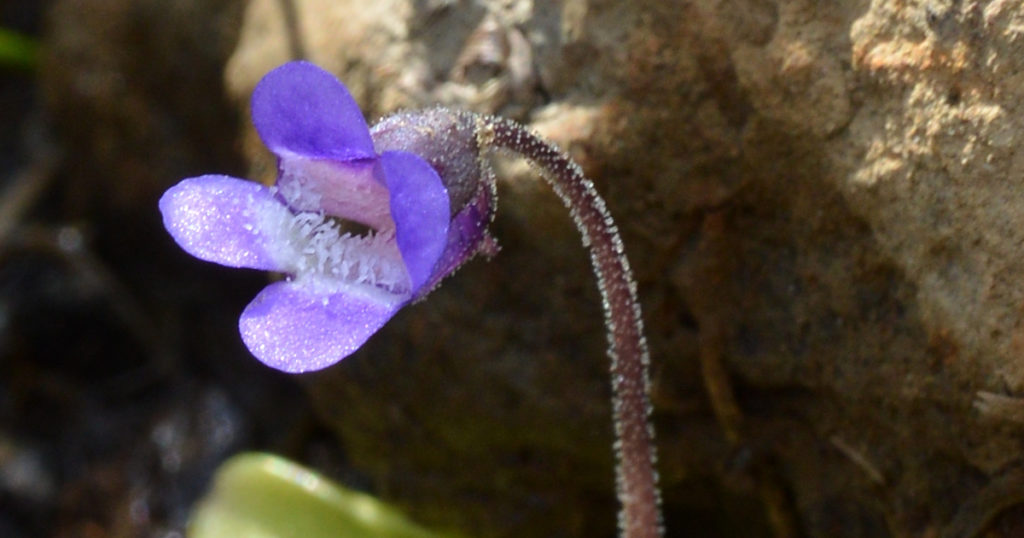
Butterworts (Pinguicula spp.) are fascinating carnivorous plants native to various regions, including North America and Europe, known for their sticky, glandular leaves that trap flies and other small insects. In my indoor garden, butterworts create a subtle, yet enchanting display as their glistening leaves capture prey, slowly breaking it down with natural digestive enzymes. Their soft, pastel-colored blooms and gentle texture add an unexpected layer of beauty to any arrangement, while also contributing to natural pest control.
Non-invasive and low-maintenance, butterworts thrive in bright, indirect light and slightly moist soil conditions, making them perfect for a terrarium or small indoor setup. With a bit of regular care, they continue to return year after year, providing both visual delight and a natural, chemical-free solution to fly control. Every time I examine a butterwort leaf, I’m reminded of how nature turns even the tiniest trap into a work of art—efficient, elegant, and endlessly intriguing!
Bladderwort
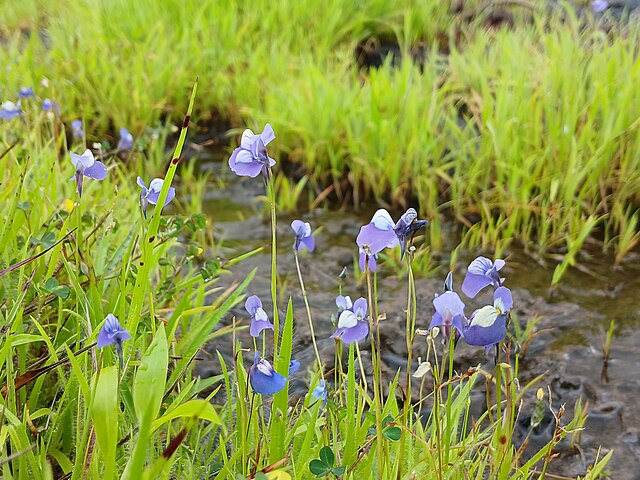
Bladderworts (Utricularia spp.) are unique aquatic carnivorous plants found in a variety of environments around the world, known for their tiny, bladder-like traps that suck in flies and other small prey. In my water garden, bladderworts create a fascinating underwater display as their minute traps capture insects, contributing to a balanced aquatic ecosystem. Their delicate, almost translucent appearance belies their effective, rapid suction mechanism, which makes them one of nature’s most impressive fly-eaters.
These non-invasive plants thrive in still or slow-moving water and require minimal care, making them an excellent choice for pond or water feature enthusiasts. With consistent water quality and occasional maintenance, bladderworts continue to multiply and purify the aquatic environment naturally. Every time I observe these tiny bladders in action, I’m filled with awe at the ingenious simplicity of their design—a subtle yet powerful testament to nature’s resourcefulness!
Nepenthes (Tropical Pitcher Plant)
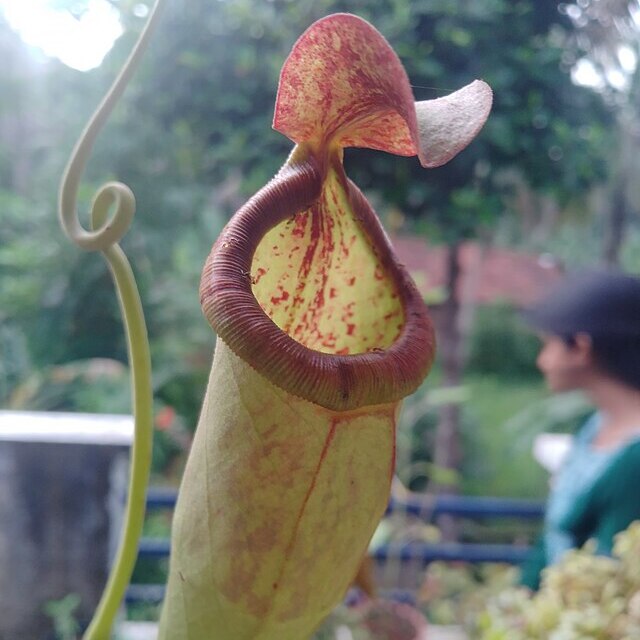
Nepenthes, commonly known as tropical pitcher plants, are extraordinary carnivorous plants native to Southeast Asia that captivate with their elaborate, pitcher-shaped traps. In my indoor water garden, these plants produce striking, colorful pitchers that lure flies and other insects with their sweet nectar and sometimes even emit a faint, musky aroma. Once inside, the prey is unable to escape, providing vital nutrients that help the plant thrive in nutrient-poor conditions—a truly mesmerizing natural process!
Despite their exotic appeal, Nepenthes are non-invasive when grown in a controlled environment, such as a terrarium or specialized water garden. They require a humid, warm setting with bright, indirect light, making them a bit more demanding but well worth the effort for their dramatic impact. Every time I see a Nepenthes pitcher filled with trapped prey, it’s a vivid reminder of nature’s creativity and the intricate balance of life—even in the smallest details of a leaf!
Darlingtonia (Cobra Lily)

Darlingtonia, also known as Cobra Lily, is a striking carnivorous plant native to the northern regions of California and Oregon that captures flies with its unique, cobra-like appearance. In my water garden, cobra lily’s intricate, hooded traps not only serve as a natural pest control mechanism by ensnaring flies and other insects, but they also create a dramatic visual spectacle that adds an element of wild beauty. Its unusual, serpentine form attracts curious bees and tiny flies, which inadvertently contribute to the plant’s nutrient intake.
This non-invasive perennial thrives in cool, well-oxygenated streams and boggy areas, making it ideal for specialized water gardens where it can flourish without competition. With minimal care beyond maintaining proper water levels and light conditions, Darlingtonia continues to capture the imagination and serves as a living example of nature’s most creative adaptations. Every time I observe a cobra lily in action, I’m reminded of the awe-inspiring wonders that can arise in even the most challenging environments!




